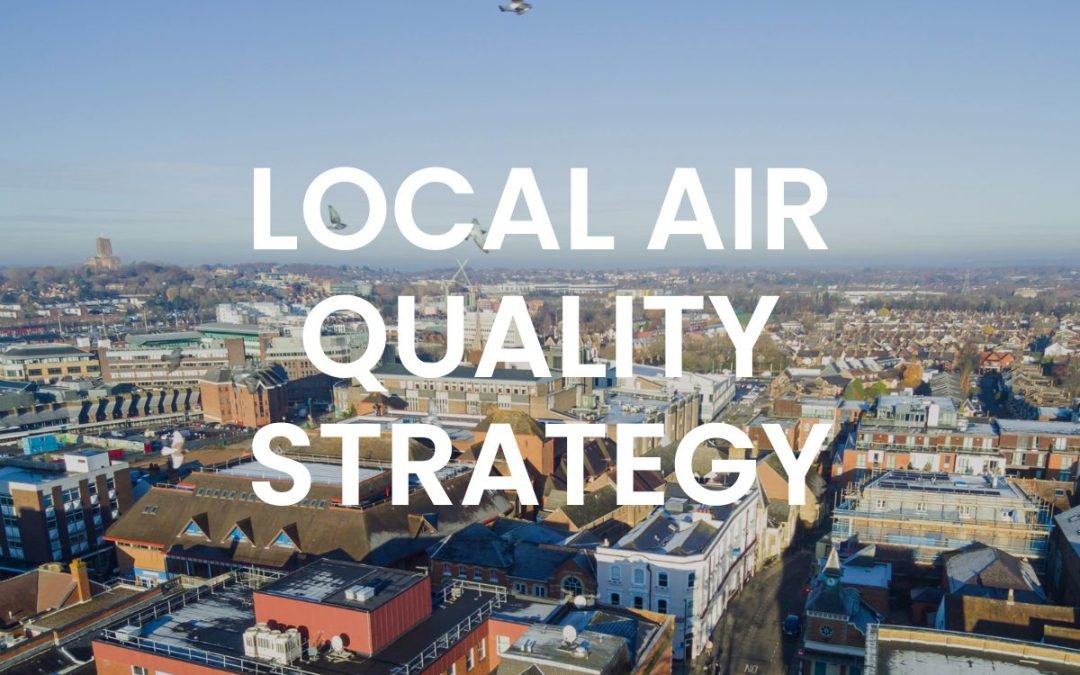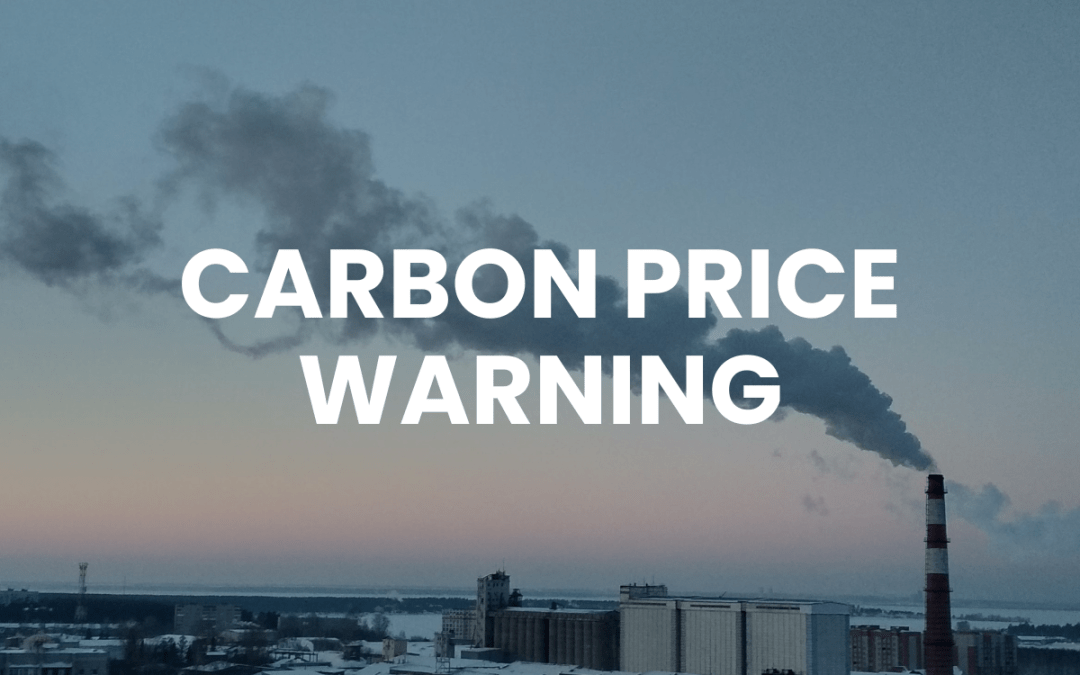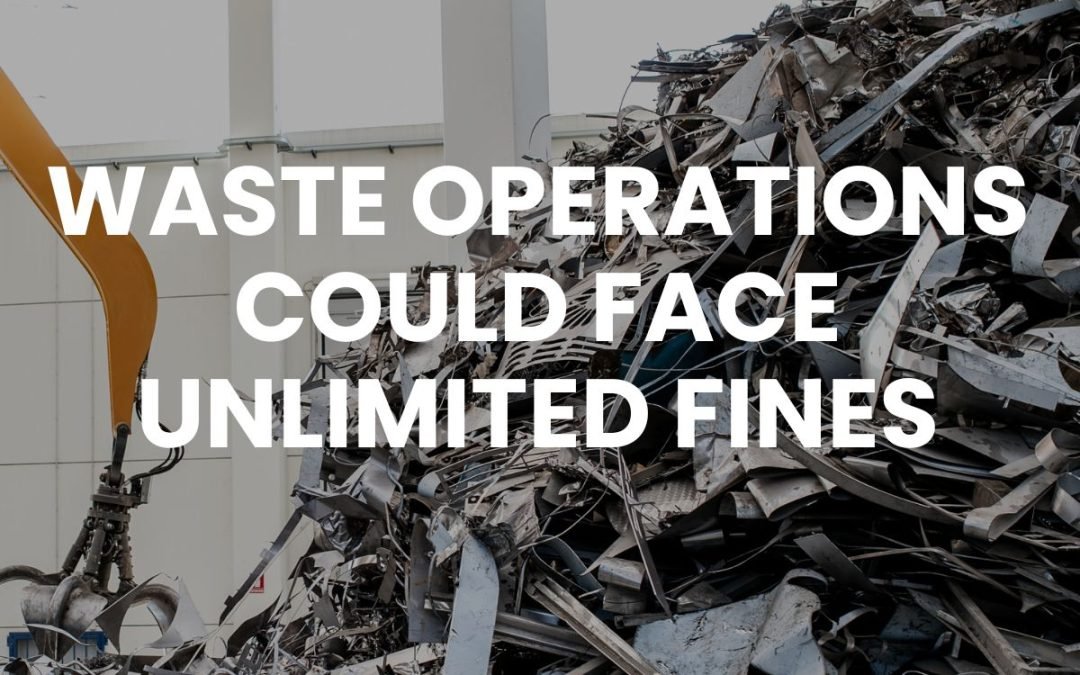[Updated August 2020 – COVID-19 has put a spotlight on the link between respiratory health issues and air quality with emerging evidence linking air pollution to an increased vulnerability to COVID-19. With increasing temperatures that elevate poor air quality, this requires urgent action to reduce congestion and maintain the benefits of cleaner air we experienced during lockdown.]
How much harm can global warming cause in increasing poor air quality?
With the leaves starting to turn a golden brown, it can be easy to forget that summer was barely a few weeks ago. Warm days (and nights) and the feel good factor of the sun being out for most of the day will soon be behind us. But late last week a story was published on The Guardian website that got us thinking about summer again, but not in a good way.
Researchers found that, in Paris, diesel car emissions of Nitrous Oxides (NOx) rose by a further 20-30% when the daytime temperature started to exceed 30C compared to temperatures below that threshold. This was despite measures put in place to reduce emissions on hot days, such as banning vehicles with odd and even licence plates from entering the city.
Whilst our solutions are fantastic, sadly they cannot control the weather. But why should air quality be so much worse when the days are hot compared to cold days, or even rainy days? The answer to that is surprisingly simple. And it may not be what you expect.
When the air temperature is hot, what is happening is that the air is essentially ‘cooking’ and this in turn has a number of impacts. Firstly is the impact on the formation of Ozone. To do this, you need 4 key ingredients – Nitrous Oxides, volatile organic compounds, heat, and sunlight. In cities, traffic is the main source of the first two, whilst the latter two depend on the weather.
Needless to say that on a hot, sunny day, there is plenty of heat and sunlight. The consequence is that more and more ozone is produced as the chemical reaction needed to produce it is much quicker when the sun is beating down, and the mercury is climbing. Additionally, vehicle air conditioning units are more likely to be running on hot days, reducing the fuel efficiency of vehicles, and consequently requiring more and more fuel to power the vehicle.
Overall, a bad thing.
Secondly, a similar process happens when it comes to Particulate Matter. The reactions that lead to its formulation are increased significantly when you add heat and light generated by a hot and sunny day.
The final factor is air pressure. Hot and sunny days are characterised by areas of high pressure. This is where the air in the atmosphere is ‘sinking’ towards the ground, warming up as it descends from the upper parts of the atmosphere. This has two impacts. Firstly, it stops the formation of clouds, and consequently rain showers that can dissipate air pollution. Secondly, the polluted air is effectively forced to ground level, meaning that it is much more difficult to clear.
A good way to think about this is that you have a camp fire lit, and it is burning well. What you then do is sprinkle some petrol on the fire (heat and sunlight) that makes it burn more quickly and much hotter. To add into the mix, you then cover the fire with a glass dome and force air in the top through a pipe (the high pressure system). And you have a fire that is burning very brightly and very hot!
It goes to show the significant influence that the weather and climate has on air quality in our towns and cities. This is by no means an excuse to do nothing (or just try and stop hot days from happening), but our climate and atmosphere is a complex and fascinating thing. Something to think about, perhaps, when the weather does start to warm up again.
To find out how you and organisation can help to become communities and cities to become net zero, read our article 3 effective ways to reduce air pollution.





